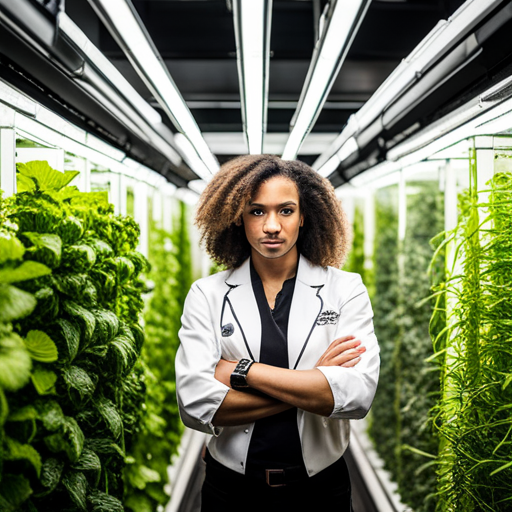Troubleshooting Common Issues in Your Hydroponics Grow Box
As a hydroponic grower, you are probably familiar with the benefits and convenience that come with using a grow box. It provides a controlled environment for your plants to thrive, allowing you to grow your favorite herbs, vegetables, or flowers all year round. However, like any system, hydroponics grow boxes can sometimes face technical difficulties that can hinder your plants' growth. In this article, we will discuss some common issues you may encounter and how to troubleshoot them effectively.
1. Nutrient imbalances: One common problem in hydroponics is nutrient imbalances, which can result in stunted growth, yellowing leaves, or nutrient deficiencies. To address this issue, begin by checking the pH level and EC (electrical conductivity) of your nutrient solution. Adjust the pH to the appropriate range for your plants and monitor the EC levels to ensure they are within the recommended range. Regularly check and adjust the nutrient levels based on your plants' specific requirements.
2. Poor air circulation: Inadequate airflow within your grow box can lead to excessive humidity, stagnant air, and increased risk of mold or disease. To improve air circulation, consider installing a small fan or ventilation system within the grow box. This will help maintain a consistent temperature, prevent condensation, and provide fresh air to your plants. Ensure that the fan is positioned properly, allowing air to circulate evenly among your plants.
3. Insufficient lighting: If your plants are not receiving enough light, they may have weak stems, elongated growth, or reduced yields. First, determine if the grow lights are the appropriate distance from the plants. Different plant species require different light intensities, so be sure to check their specific needs. If you find that the lights are positioned correctly but still not providing adequate brightness, consider upgrading to stronger or more efficient grow lights.
4. pH fluctuations: Fluctuating pH levels in your hydroponic system can stress your plants and inhibit nutrient uptake. To address this issue, regularly monitor and adjust the pH levels of your nutrient solution. This can be done using a pH meter or pH test kit. Maintain the pH within the optimal range for your plants, typically between 5.5 and 6.5. Additionally, consider using pH buffers or stabilizers to keep the pH consistently balanced.
5. Pests and diseases: Just like traditional soil-based gardening, hydroponic systems can also fall victim to pests and diseases. Common intruders include spider mites, aphids, whiteflies, and root rot. Regularly inspect your plants and keep an eye out for any signs of damage or infestation. If pests are detected, promptly treat them using appropriate organic or chemical solutions. Proper sanitation practices, such as regularly cleaning and sterilizing your grow box and equipment, can help prevent the spread of diseases.
Remember, troubleshooting and maintaining your hydroponics grow box is an important part of cultivating healthy plants. Regularly monitor your system, follow best practices, and seek advice from experienced hydroponic growers or suppliers like Dealzer. By taking proactive steps to address any issues that arise, you can ensure the success of your hydroponic garden and enjoy an abundance of fresh, homegrown produce all year round.

 Loading... Please wait...
Loading... Please wait...